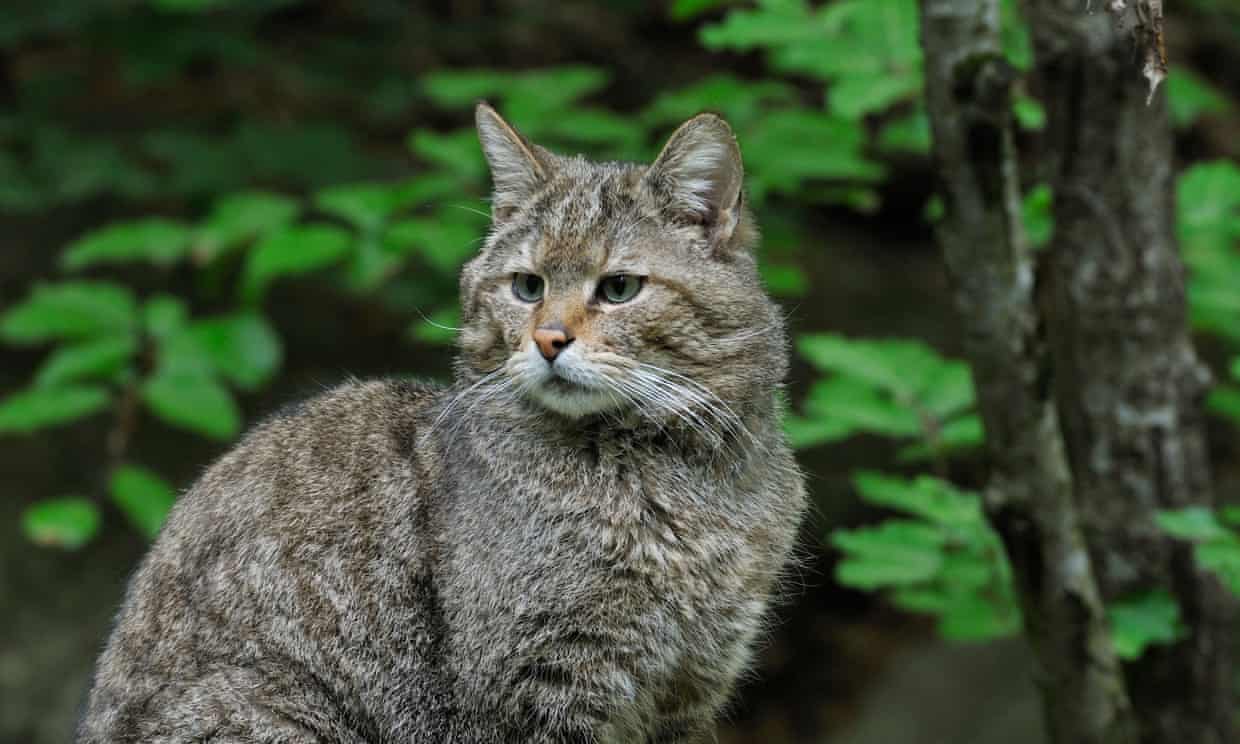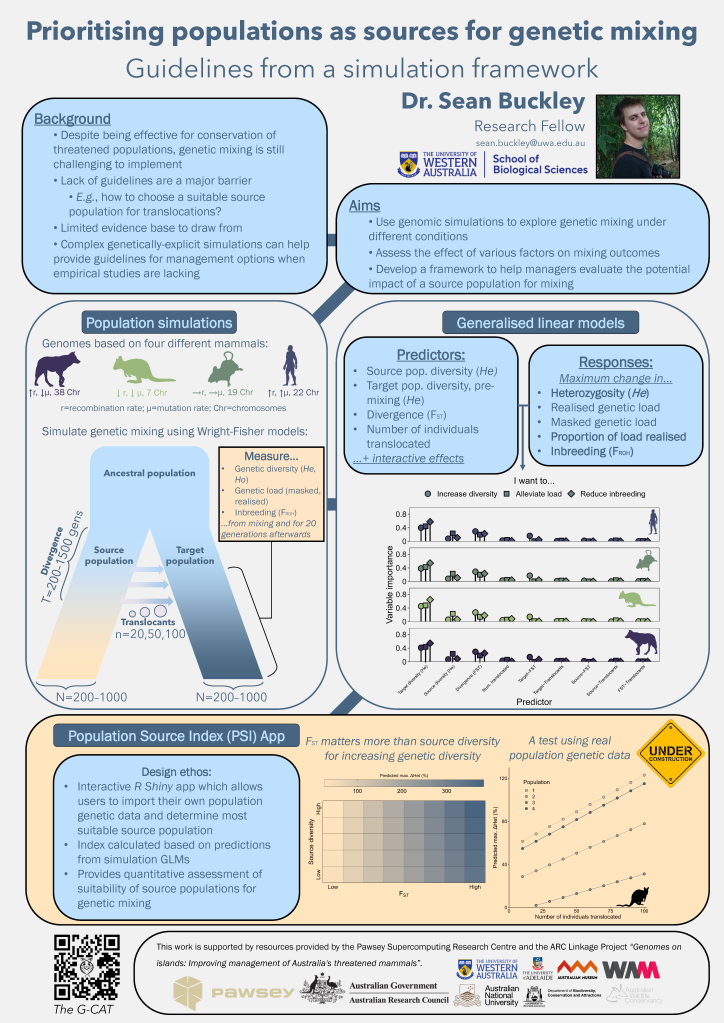It’s been a brief while (oops!) since the last post on The G-CAT (I promise more content is coming soon!), so I thought I would give a quick research update. This week, I had the absolute privilege of attending the 3rd International Conservation Translocation Conference 2023 here in sunny Perth (Fremantle, to be more specific). Hosted through the IUCN Species Survival Commission, and particularly the IUCN SSC Conservation Translocation Specialist Group, the conference brought hundreds of attendees from across the globe to share the trials and tribulations of conservation translocation efforts.
Taxa include the usual suspects – mammals and birds predominantly – but also plants, frogs, lizards, turtles and invertebrates. Sadly, fish were perhaps not as well-represented as I would have hoped, given the importance of translocations for their management across the globe. Topic highlights included challenges with hyper-dispersal (defined as “long-distance movement of individuals resulting in their failure to contribute to population establishment”, although multiple definitions were noted), kicked off with a great review by Katherine Moseby; the risks of mitigation translocations, and how we might improve their usability for conservation outcomes; the role of climate change in shaping conservation translocations, including the growing need for assisted colonisation/migration programs (notable shout-out to the work of my supervisor Nicki Mitchell’s team for the assisted colonisation program of the western swamp turtle); the social dimensions of translocation programs, including engaging with Indigenous and local communities for more effective conservation outcomes; and the value of ex-situ populations (such as those in captive-breeding programs and zoos) for preserving species, especially those which are now Extinct-in-the-Wild. Several talks introduced globalised databases, networks and pipelines to improve conservation translocations across the globe, including the Center for Plant Conservation, an upcoming European plant translocation database, and the (very impressive!) Threatened Species Initiative website, with genome assembly pipeline and conservation genetic resources.

On that note, I was extremely encouraged to see just how many presentations either directly included, or noted the value of, genetic information to guide conservation translocations. Other attendees noted the contrast with the previous conference back in 2018. The importance of maintaining genetic diversity in translocated populations – especially in the face of the adaptive challenges of climate change – is rapidly becoming a central component of many programs. This includes the potential value of genetic mixing, where translocating individuals from a genetically-distinct population can significantly improve the diversity, health and resilience of a threatened population.
This was the topic of my own short presentation and research poster. I’m aiming to use population simulations to generate some standardised guidelines around genetic mixing. For example, many conservation managers are often faced with the challenging task of deciding where to source individuals to mix into a threatened population: many of these might themselves be small and isolated, which tends to reduce the benefit of genetic mixing. Using population simulations, I wanted to generate statistical models which (somewhat) predict the potential outcome of genetic mixing under different population scenarios. These models will be fed into an online interactive app: managers will be able to upload their own (simple) genetic metrics, calculate a suitability score, and determine which source population might be the best choice for genetic mixing (in a quantitative framework). Although still in development, I’m hoping this app will be usable by early next year. If you want to learn more about my research, check out my poster below:


One thought on “A wrap-up of ICTC 2023”